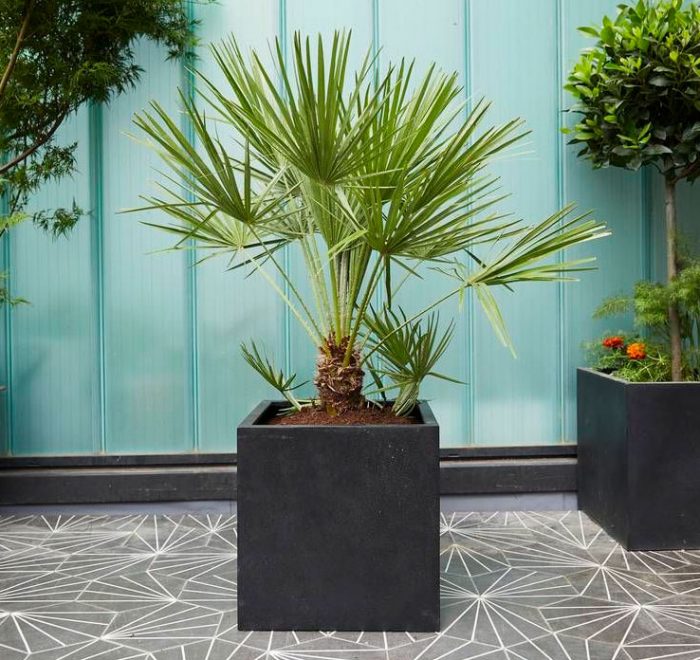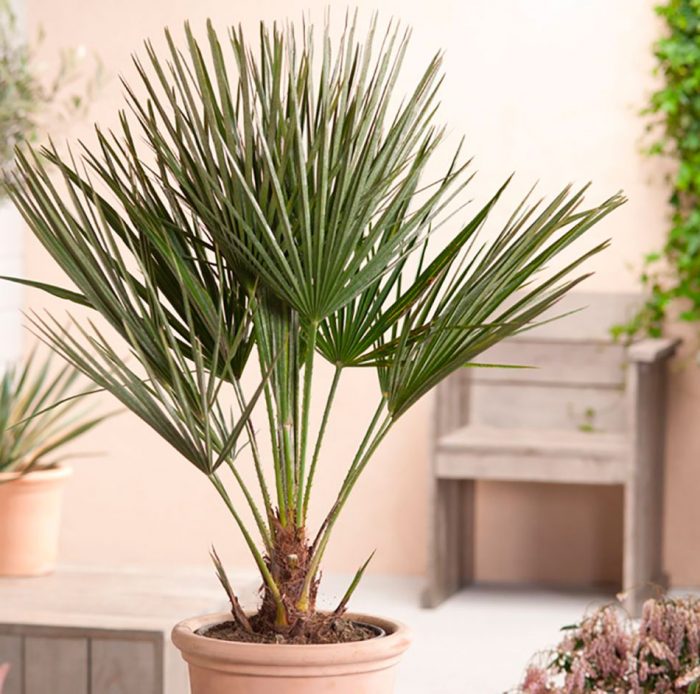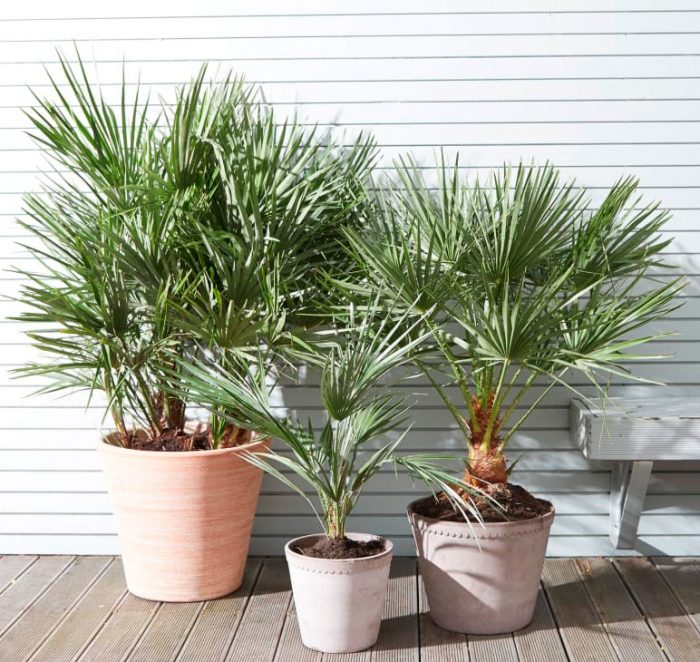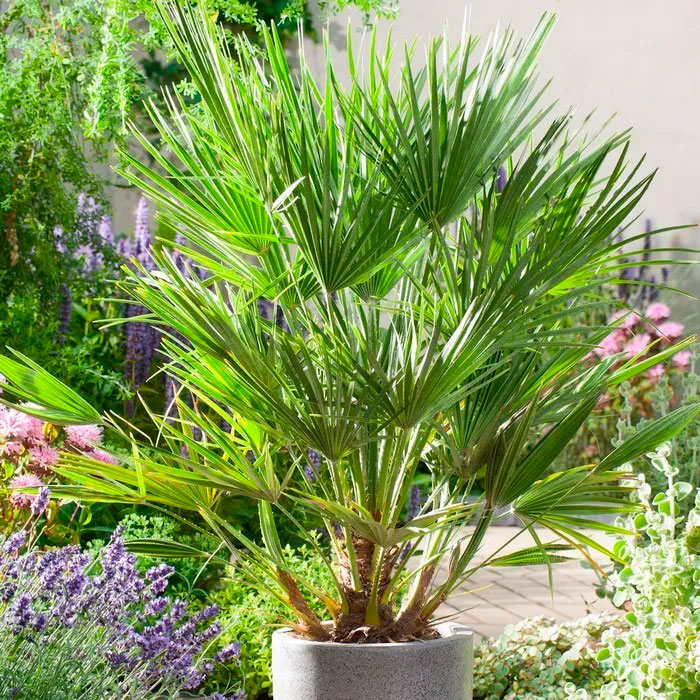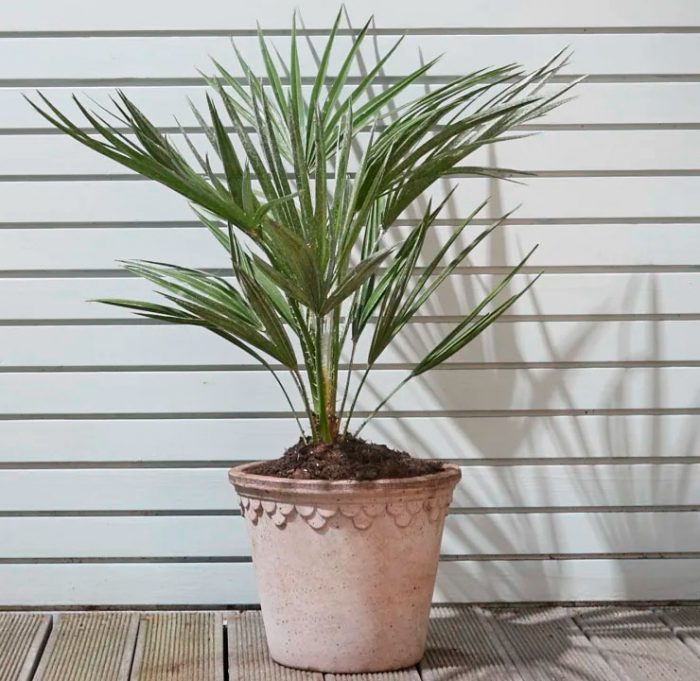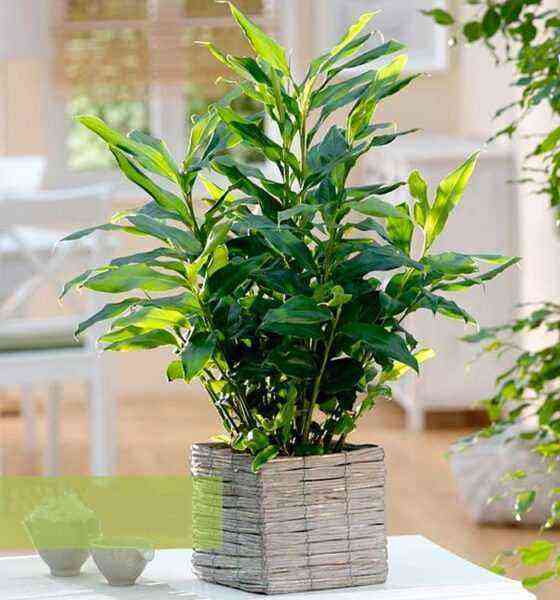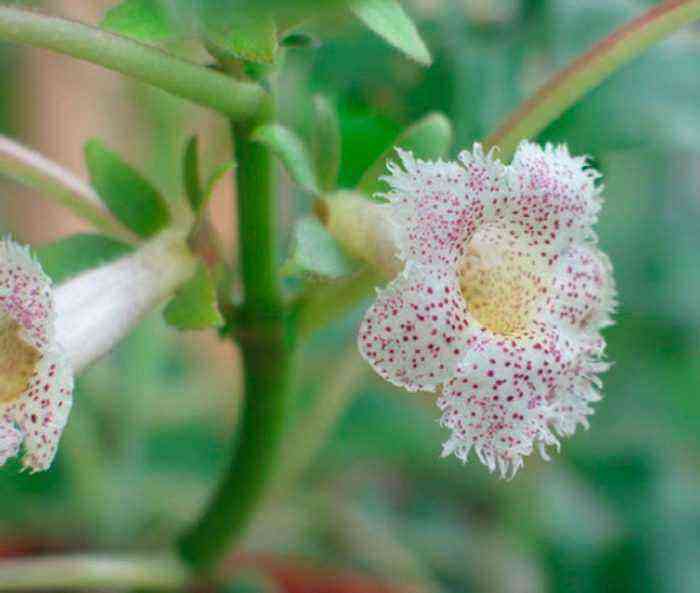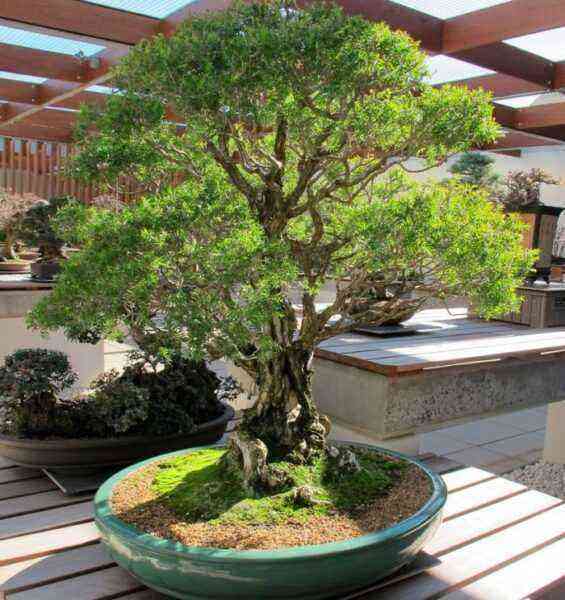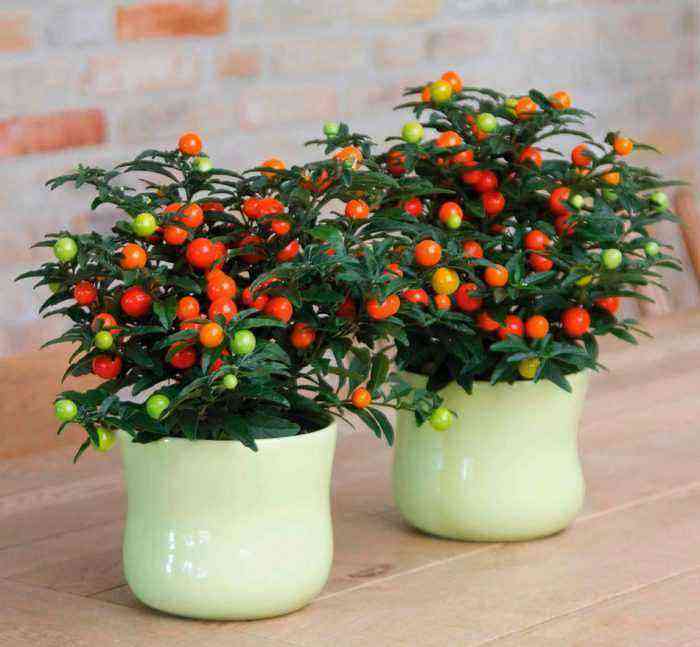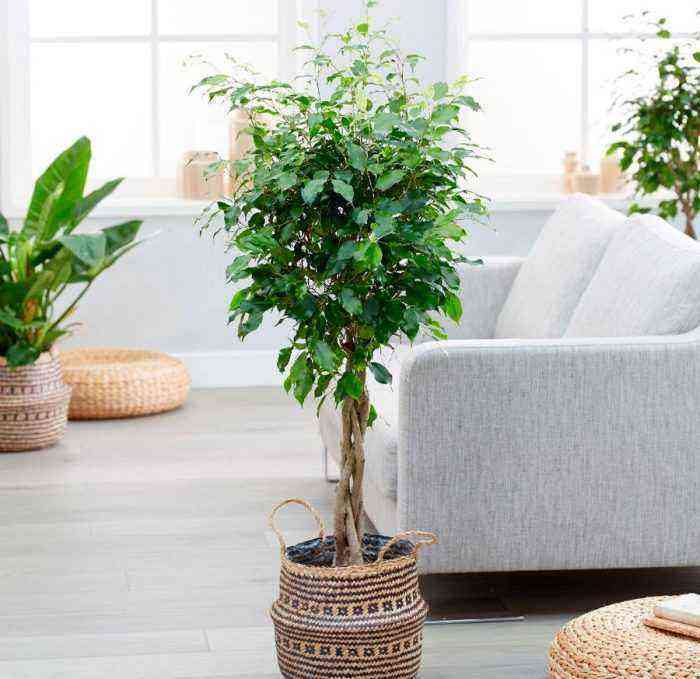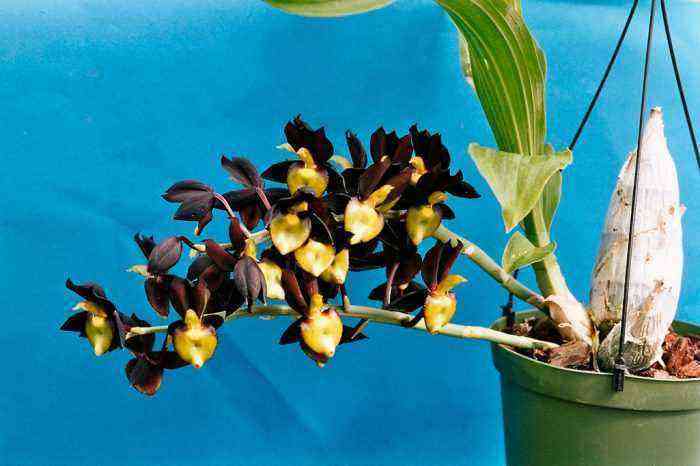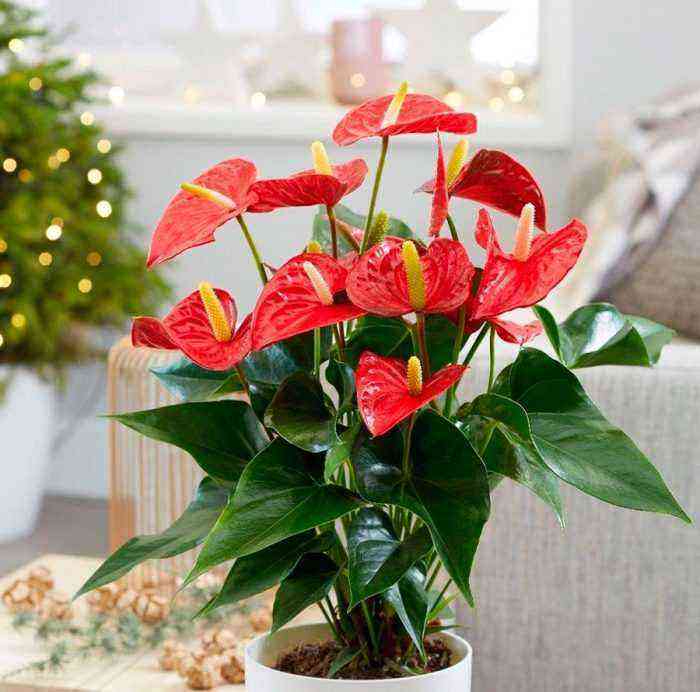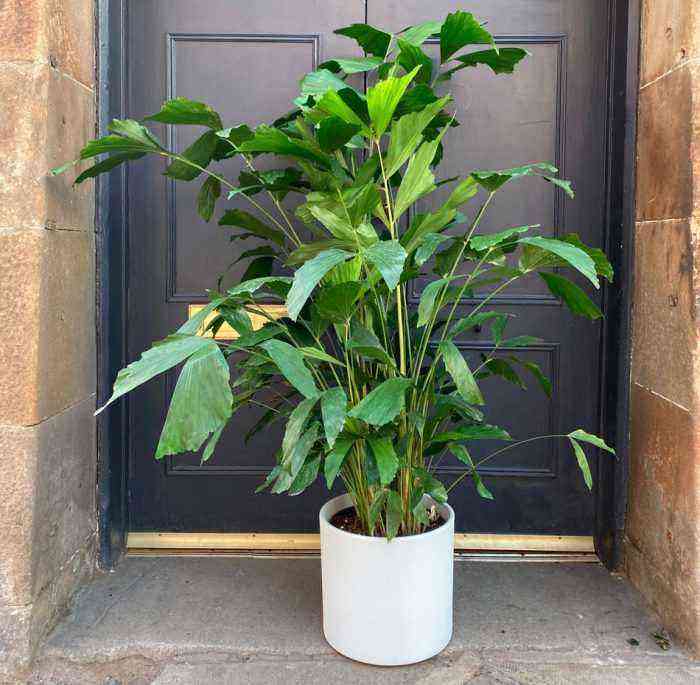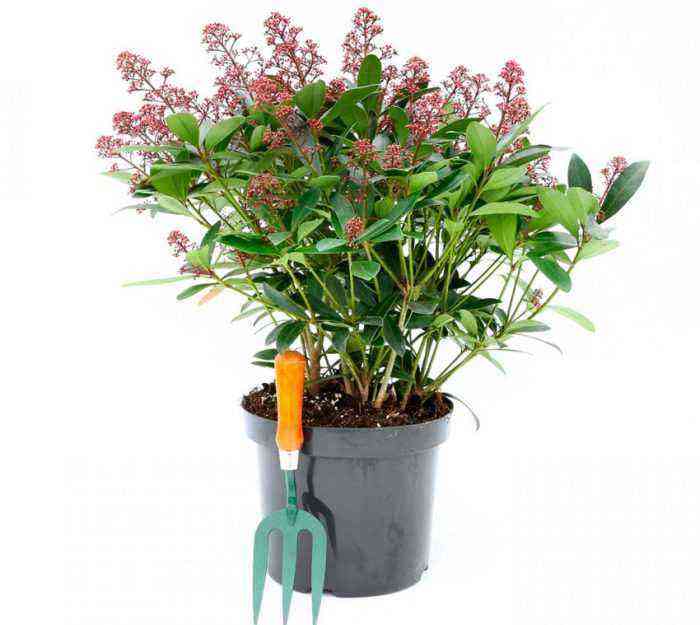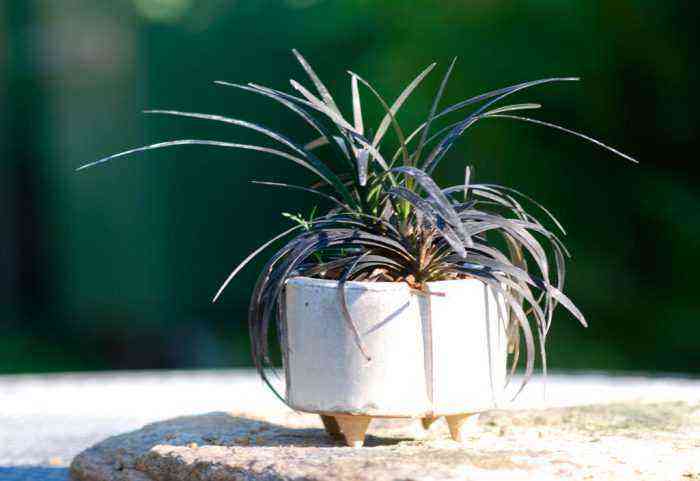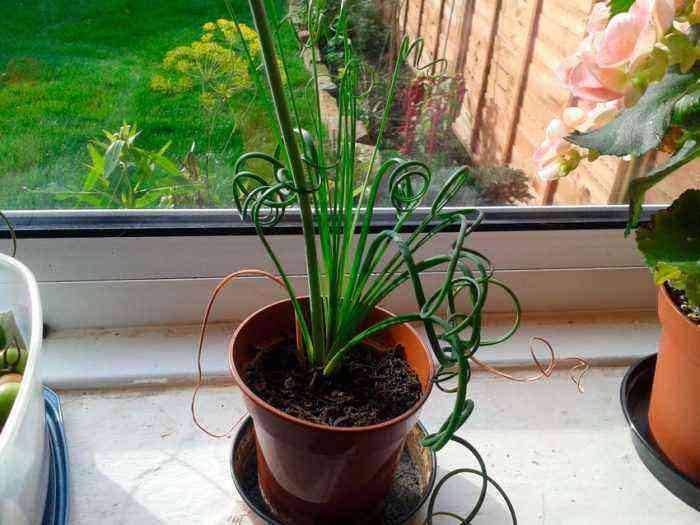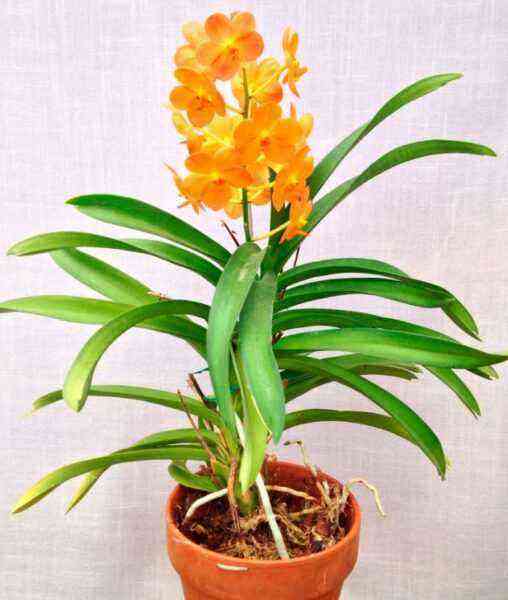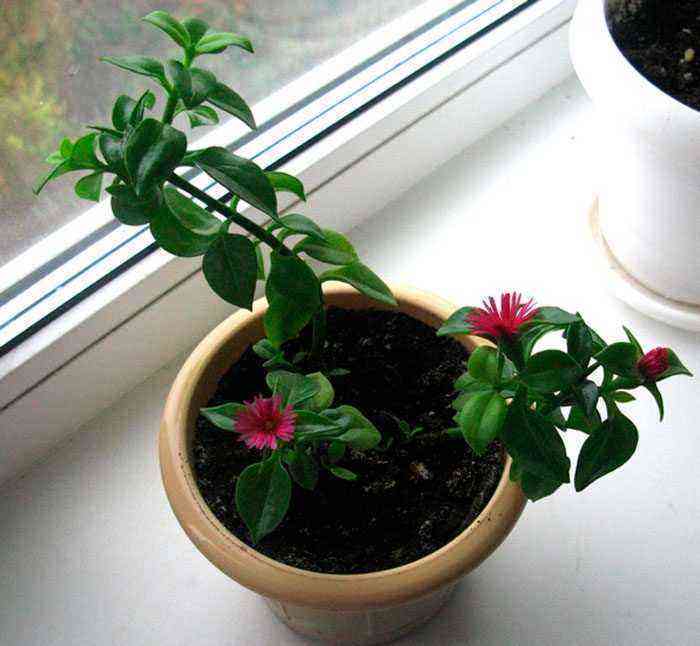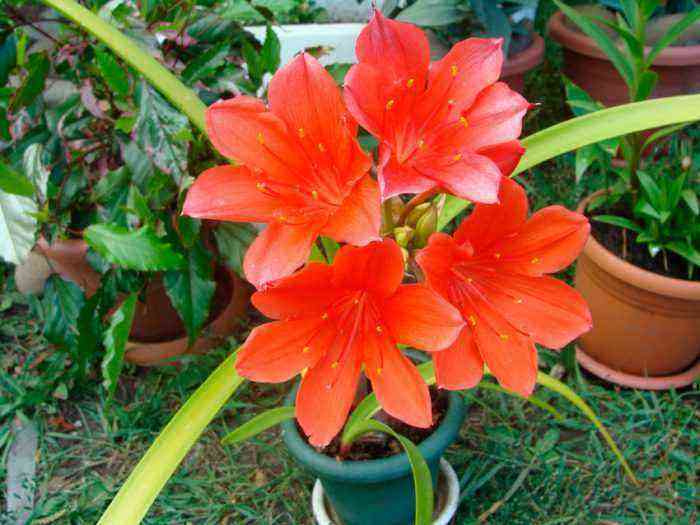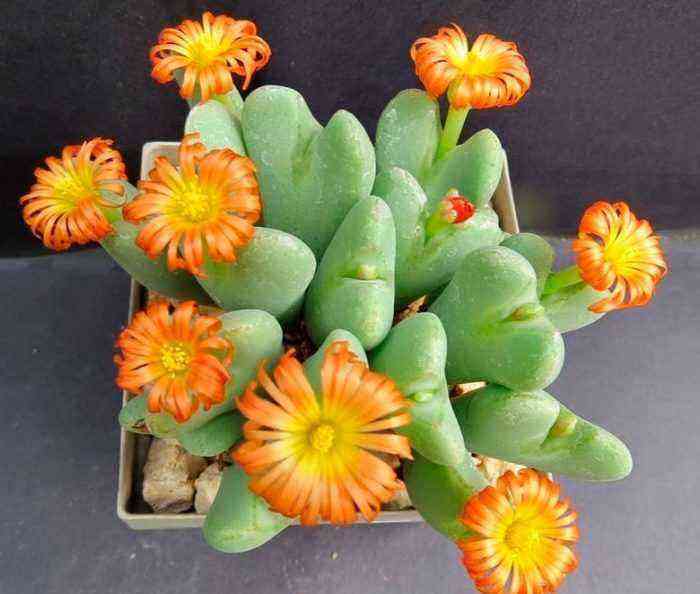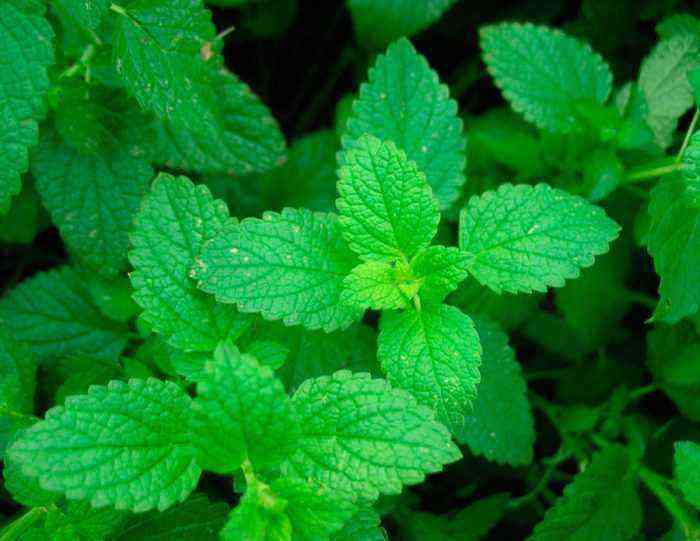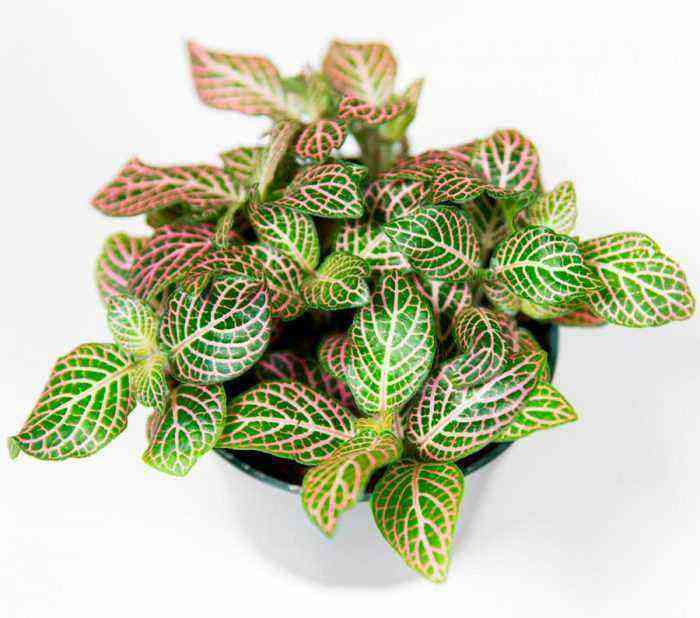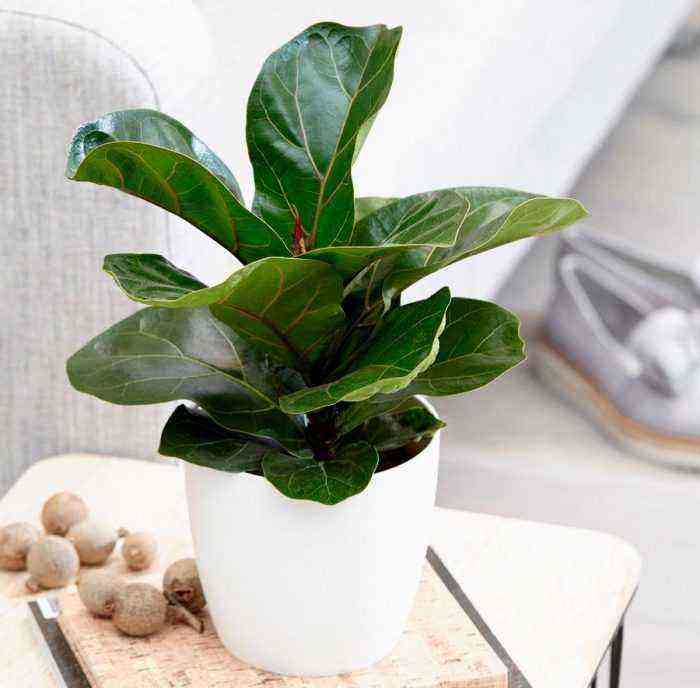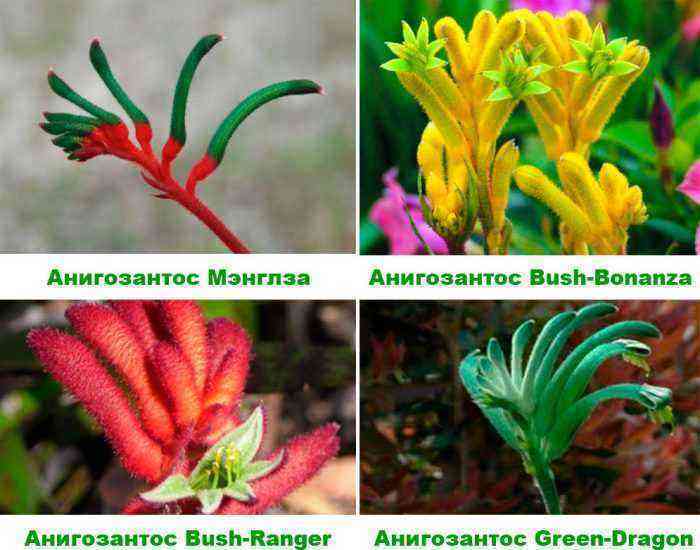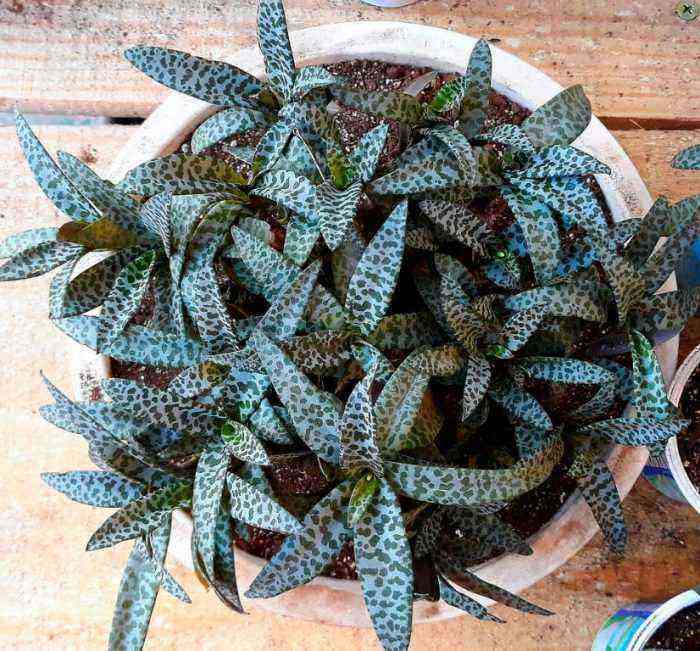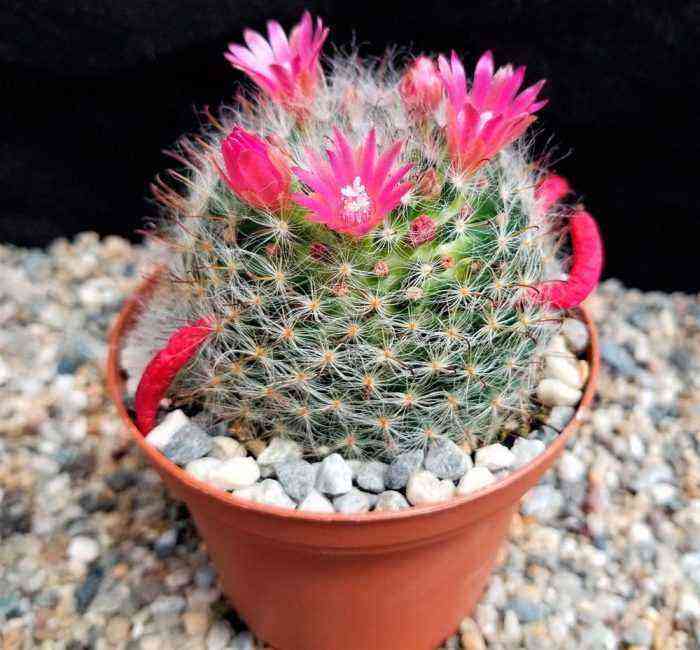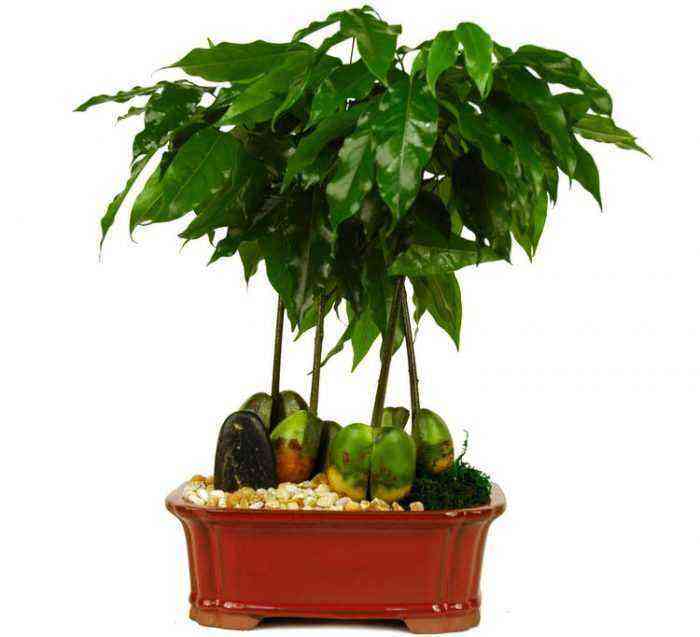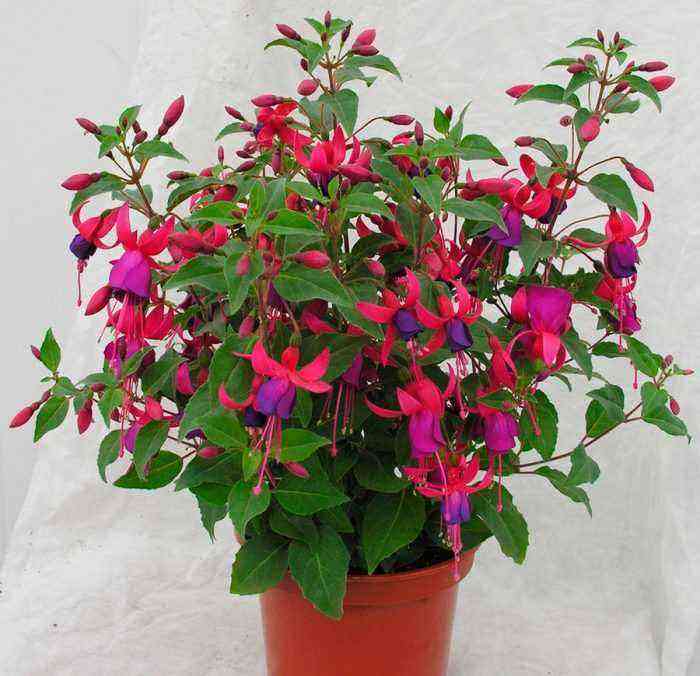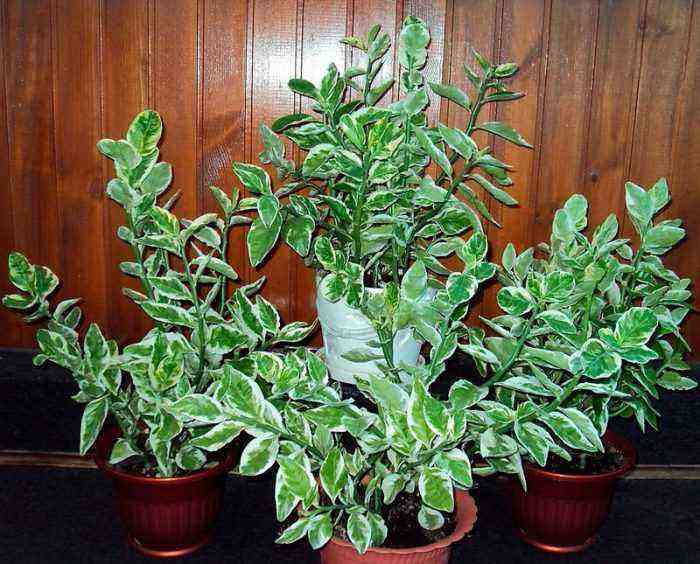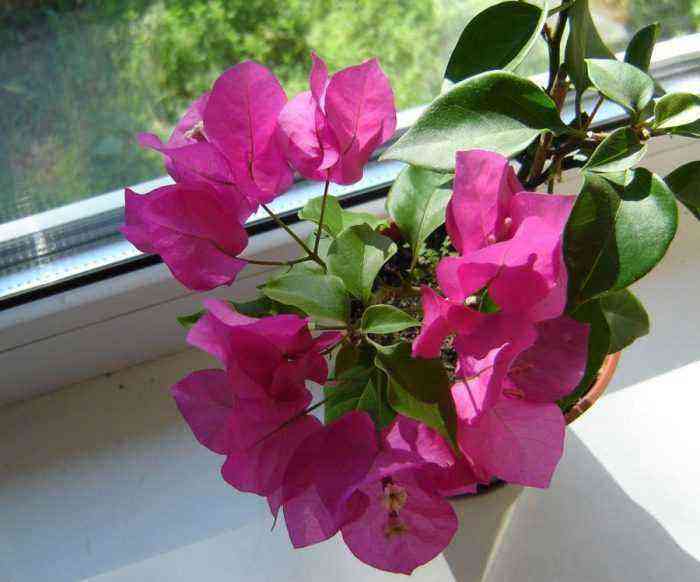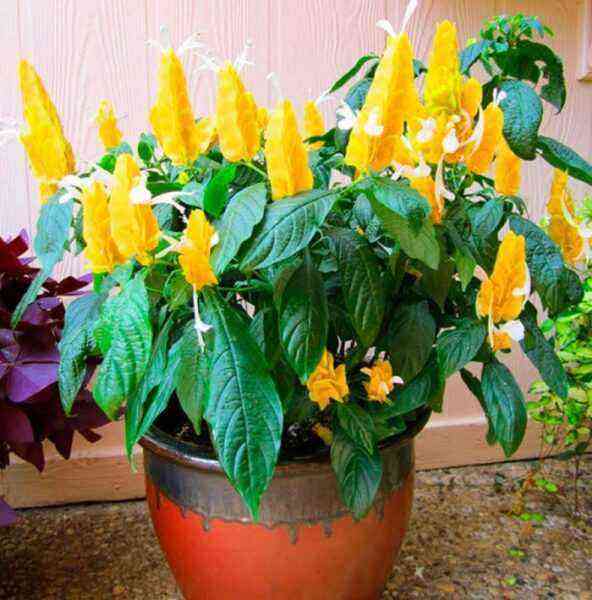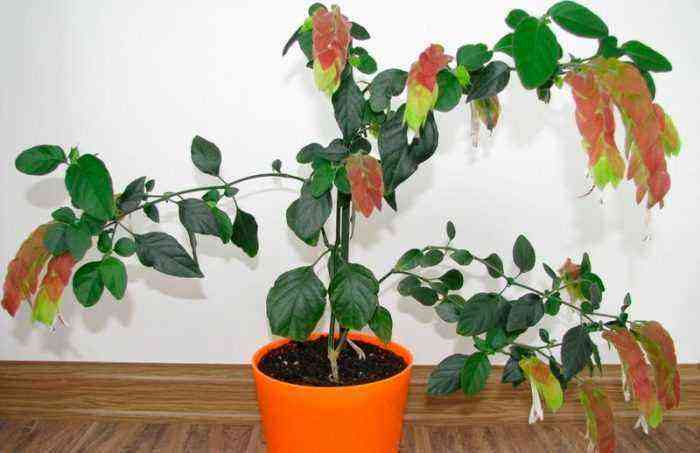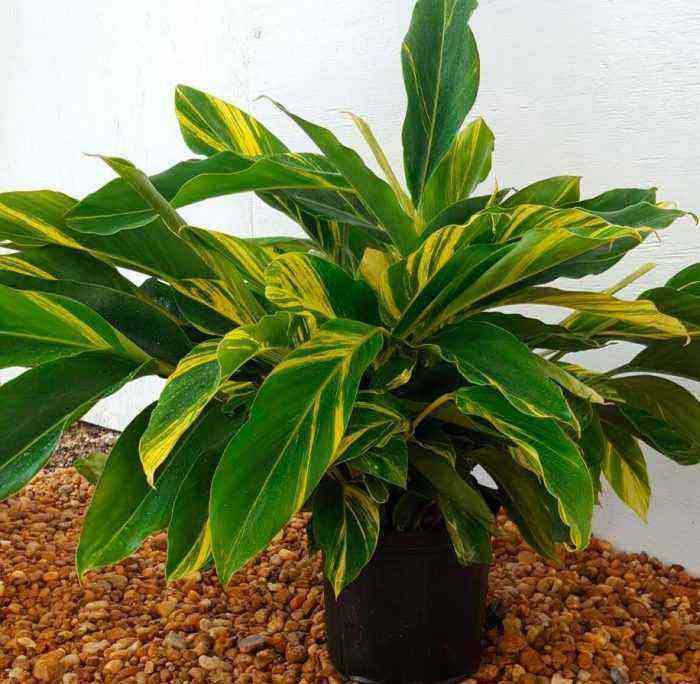The Chamaerops fan palm is part of the Arecaceae family. The height of such a multi-stemmed tree in natural conditions can reach 6 m. However, in a room culture, the bush, as a rule, has a height of no more than 150-200 cm. The shape of the spectacular leaf plates is fan-shaped, the length of their petioles can reach up to 100 cm.
The trunk surface is covered with characteristic brown fibers. Yellow bisexual or unisexual flowers have no decorative value. Berry fruits can be yellow or orange. Fibers of sheet plates are used to make bags, mats and ropes. This plant is native to the southern part of France, as well as the Mediterranean. Under natural conditions, it forms hard-to-pass thorny thickets.
The perennial plant Hamerops is characterized by an average growth rate. In indoor conditions, flowers on a palm tree are not formed.
Brief description of cultivation
- Temperature… In the warm season – from 25 to 27 degrees, and in the winter months – no warmer than 15 degrees.
- Air humidity… In the summer, it is necessary to systematically moisten the bush from a spray bottle.
- Illumination… A large amount of bright light is needed, while the direct rays of the sun are necessary for normal development.
- Watering… Moisten the soil mixture abundantly and systematically, as soon as its top layer dries out.
- Substrate… Optimal composition: humus, turf soil and sand (1: 1: 1).
- Feeding… During intensive growth, 2 times a month.
- Transfer… Held in the spring and only when needed.
- Reproduction… By root suckers and by seed method.
- Features of care… Large adult palms get sick for a long time after transplanting.
Home hamerops care
In order for a home hamerops to always be spectacular and have lush foliage, it needs to be properly cared for. Moreover, you need to be especially careful about the choice of location and lighting.
Flowering
The flowering of such a palm tree is observed in spring or summer. The flowers are rather inconspicuous, so they do not represent any decorative value.
Branchy relatively short inflorescences appear on the bush, which reach no more than 25 centimeters in length. Small yellow flowers are part of the cob.
Temperature conditions
The optimum temperature for hamerops in the summer is from 24 to 26 degrees. From the beginning of September, a gradual decrease in the temperature in the room should begin. In order for the plant to survive the winter well, the room should be no warmer than 15 degrees. In winter, conduct frequent airing of the room where the palm tree stands. Moreover, in the warm season, it can be transferred to the street (to the garden or to the loggia).
Air humidity
In the summer months, the plant needs daily moisture from a sprayer, for this they use well-settled non-cold water. Regularly, once every 1 days, it is recommended to wipe the foliage surface with a damp soft cloth or sponge. In the winter months, the bush is moistened only if the room is warmer than 7 degrees.
Illumination
Such a plant needs a lot of bright light at home. That is why it is recommended to choose a southern windowsill to place a hamerops. The palm tree, which was purchased not so long ago, should be accustomed to bright lighting gradually.
Watering
During the growing season, which is observed in spring and summer, the soil mixture in the pot should be moistened abundantly and systematically. Watering is carried out immediately after the top layer of the soil mixture dries up. A gradual reduction in watering should be started in September. With cold wintering, watering the hamerops is carried out no more than twice a month. Remember that the plant is watered with soft water, the temperature of which is slightly higher than room temperature.
Pot selection
The plant has a developed root system, and therefore a tall pot made of ceramics or durable plastic is used for planting it. There must be several drainage holes at the bottom of the container.
Soil mixture
During the first 2-3 years, growing such a room crop requires a substrate consisting of equal parts of humus, sand, turf soil and peat. The more mature the palm tree is, the heavier substrate it needs. In this regard, it is recommended that during subsequent transplants, a gradual replacement of sand with clay or loamy soil is carried out.
If desired, you can buy ready-made soil mixture for palm trees in a specialized store.
Fertilizer
In spring and summer, the palm tree needs regular feeding, which is carried out with a frequency of 1 time in 15 days. For this, a solution of the mineral complex is used. With a cool winter, the plant does not need feeding.
Hamerops transplant
Chamerops should be transplanted in the spring, while increasing the size of the container constantly. Please note that an adult palm reacts extremely negatively to trauma to the root system. That is why very large bushes are not transplanted, but simply replaced with the upper layer of the substrate.
Trimming
This plant is not allowed to be cut. Some time after injury to the top of the palm tree dies. If necessary, remove old leaf plates that have begun to turn yellow.
The rest period
The dormant period of the plant is not pronounced. During the winter period, it does not stop growing. To prevent the bush from stretching and protect it from pests, the palm tree is placed in a room where the air temperature is about 15 degrees.
Methods of reproduction
Cultivation from seeds
The hamerops palm is quite easy to grow from seed. Before sowing the seeds, they are kept in warm water for some time, in which a growth-stimulating agent is dissolved. Fill a plastic container with a fertile, loose peat-based soil mixture. Instead, you can use a versatile seedling growing medium.
During sowing, the seed is buried into the substrate to a depth of no more than 20 mm. The crops are covered with a transparent film from above and removed to a warm place (from 25 to 28 degrees). It takes 1 to 3 months for seeds to germinate. Crops need to be systematically ventilated and moistened.
When the seedlings appear, they should be rearranged in a place with good lighting. The appearance of fan-shaped leaf plates on seedlings does not occur immediately. The beginning of their development is observed only after the 7 or 8 real leaf is formed.
Reproduction by side shoots
An adult palm develops lateral processes over time. If necessary, they can be used for breeding. The branches of the processes are carried out during the spring transplantation of the bush. Particular attention should be paid to the state of the root system. If the root system is weakened, then the process may not take root, and this will lead to its death.
In favorable conditions, a small number of lateral processes are formed in the palm. To stimulate their growth, the surface of the substrate in the container is covered with a layer of sphagnum. If the surface of the soil mixture is wet all the time, then dormant buds awaken at the base of the plant.
For planting shoots, a mixture of peat and perlite is used. Thanks to the loose soil mixture, the development of the root system is accelerated. After the lateral process starts to grow, you should start feeding it with a solution of the mineral complex.
As the root system of the bush develops, it is transplanted by transferring it into a larger pot. In the second or third year of growth, during transplantation, the substrate begins to be mixed with clay. If you cannot prepare the soil mixture yourself, then you can buy a ready-made soil mixture designed specifically for cultivating palm trees.
Possible problems
If the indoor hamerops is not provided with proper care, then problems may arise with it:
- Drying of the tips of the leaf plates… This situation is most often observed with excessively dry air in the room. Most likely, the palm tree is not often moistened enough from the sprayer, or it is located near a working heating device. Move the shrub to a location with better conditions as soon as possible. And also do not forget to moisten the foliage every day from a spray bottle with soft water, the temperature of which is close to room temperature.
- Brown specks form on the foliage… This happens if the room is cold, and at the same time liquid stagnates in the pot on a regular basis. In order to save the plant, first you need to let the substrate dry well in the pot, and then be sure to revise the watering regime.
- Rot has appeared on the root system… If you have not made a drainage layer at the bottom of the container or do not drain the accumulated liquid from the pan for a long time, then this can cause the palm tree to rot. To prevent the plant from dying, it is transplanted into a new slightly moistened soil mixture as soon as possible. Do not forget to use a sharp knife to remove any darkened and rotted areas on the root system.
- Yellow foliage… This is due to the fact that the plant is experiencing an acute lack of moisture or nutrients. Correct the mistakes in the care, and the palm tree will be able to recover.
- The foliage turned brown… In most cases, this is due to the fact that rot has appeared on the roots. Transfer the hamerops to the new mix as soon as possible.
- vermin… Most often, scale insects, mealybugs, spider mites and whiteflies settle on a palm tree. To get rid of them, treatment with special chemicals should be carried out.
Useful Properties
Thanks to the room hamerops, the air in the room will become cleaner, as it provides cleaning from dust and oxygenation. If you water a palm tree abundantly and systematically, then it is able to maintain a favorable level of humidity near itself. This plant is endowed with mystical powers: it is able to attract powerful streams of energy that help in promotion.

